-
Car Reviews
- Car News
-
Car Comparisons
Latest comparisons
- Chasing Deals
MG makes an ambitious leap into Tesla Model Y territory, but the flagship version suggests it falls well short of the best-selling EV’s mark
Another day, another new Chinese brand … and another challenger looking to steal sales from the Tesla Model Y.
The IM6 is a coupe-style, luxury-pitched SUV from IM – a brand that stands for “Intelligence in Motion” and launched in 2020 as a JV between Chinese car-making giant Shanghai Auto (SAIC) and e-commerce titan Alibaba.

SAIC has acknowledged the difficulty of launching an unknown name into an overseas market by putting IM under the umbrella of its most established brand in Australia – MG. (It’s done the same in the UK.)
So there’s IM Presented by MG Motors branding, and an “MG Motor” badge has been applied to the rump of both the IM6 and its simultaneously launched sedan twin, the IM5. This differentiates them from the Chinese market, where they’re respectively known as the IM LS6 and IM L6.
The IM models are featured on the MG Australia website, though are the only models not to feature an MG prefix – and clicking either the IM5 or IM6 takes browsers to a more sophisticated-looking web hub to match its premium-brand aspirations.
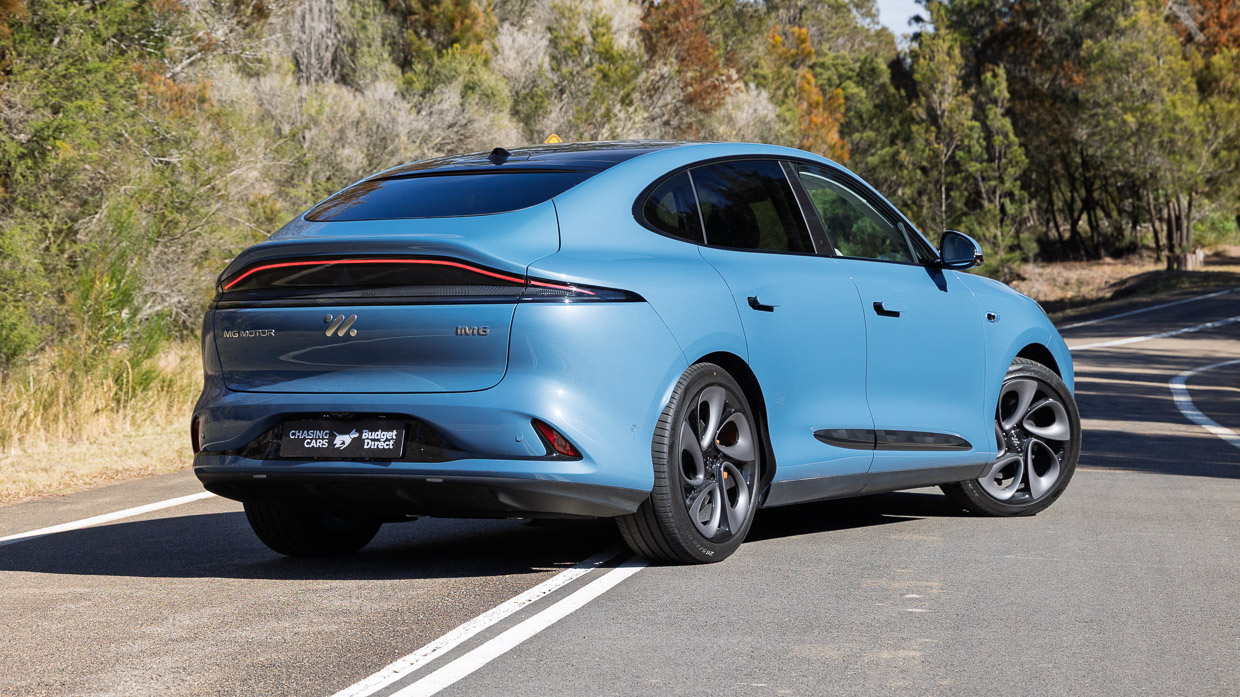
We’ve chosen to refer to the vehicles as the MG IM6 and MG IM5.
Read on to find out whether the IM6 is a worthy rival for the best-selling electric SUV in Australia. Our review focuses on the only variant made available for initial testing, the flagship Performance.
The IM6 essentially mirrors the IM5 sedan, including the same tri-grade line-up and pricing.
The IM6 Premium base model features a 400-volt platform, a 75kWh LFP battery, and a single electric rear motor, with drive-away pricing set at $60,990. That compares with the base (RWD) Model Y that costs $64,120 drive-away (Sydney postcode).
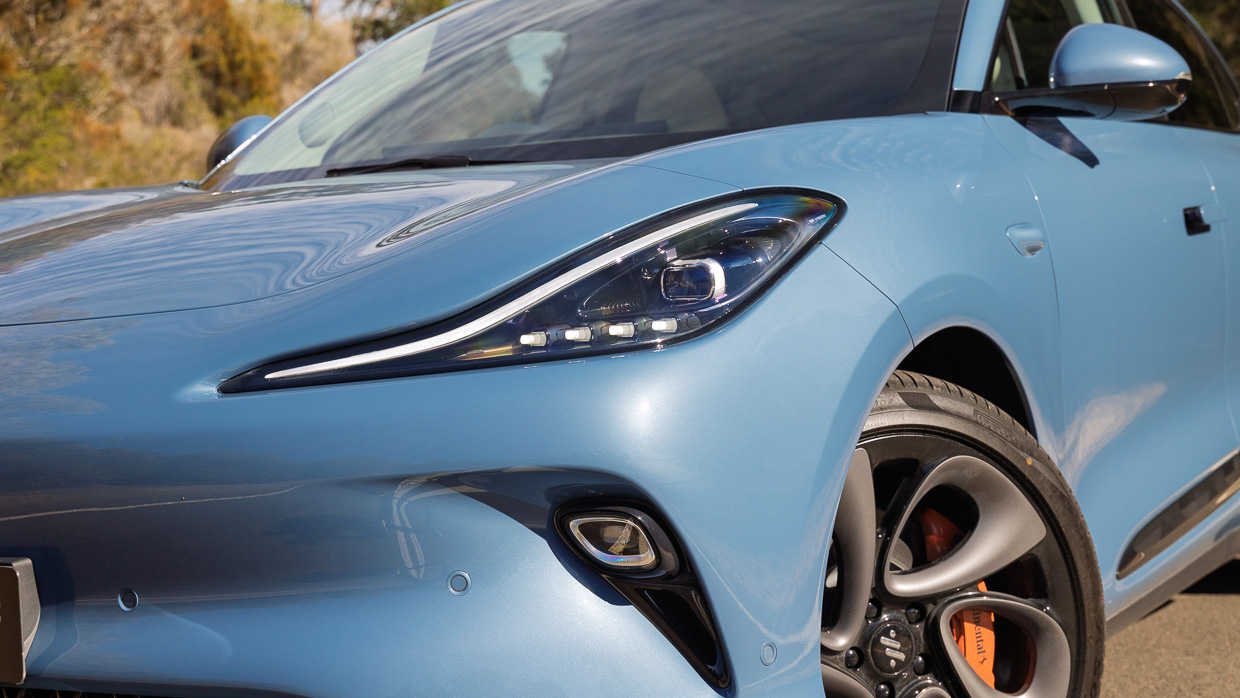
Mid-range Platinum and top-spec Performance variants share an 800V electrical architecture promising faster charging and better efficiency, as well as a larger battery – 100kWh NMC. They’re primarily differentiated by their electric-motor count, with a single motor for the rear-drive Platinum and dual (front/rear) motors for the all-wheel-drive Performance.
The Platinum is priced at $69,990 drive-away, with a $11,000 jump to the Performance ($77,990 list, $80,990 drive-away) that adds a front electric motor, air suspension, and “continuously controlled” dampers.
Tesla’s equivalent Model Y to the Platinum costs $74,610 drive-away (Sydney postcode) to be undercut as well; the US brand’s own flagship Performance variant is out later this year. Elsewhere, the dual-motor BYD Sealion 7 Performance, at $63,990 list (or around $67,500 drive-away), appears a relative bargain.
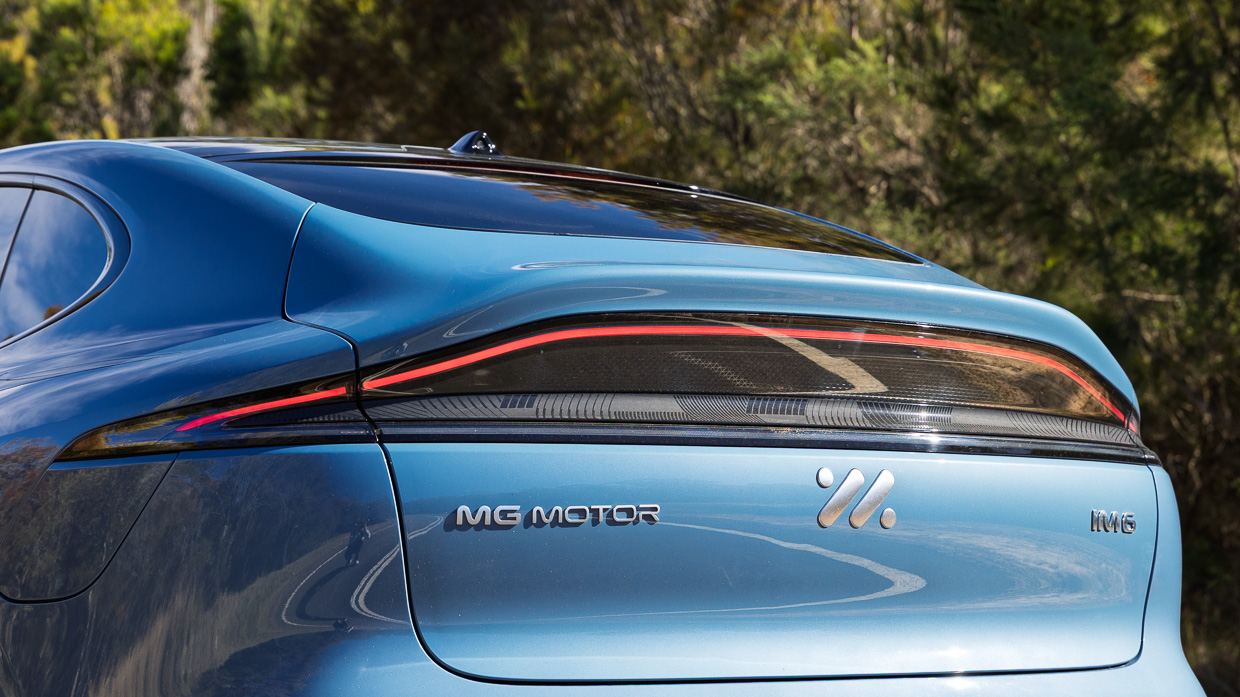
Platforms and powertrains distinguish the IM6 range more than equipment. Every grade comes with virtually identical equipment, the highlights of which include:
The Premium sits on 20-inch wheels wrapped in Pirelli Scorpion tyres, while Platinum and Performance models feature 21-inch wheels with Pirelli P Zero rubber.
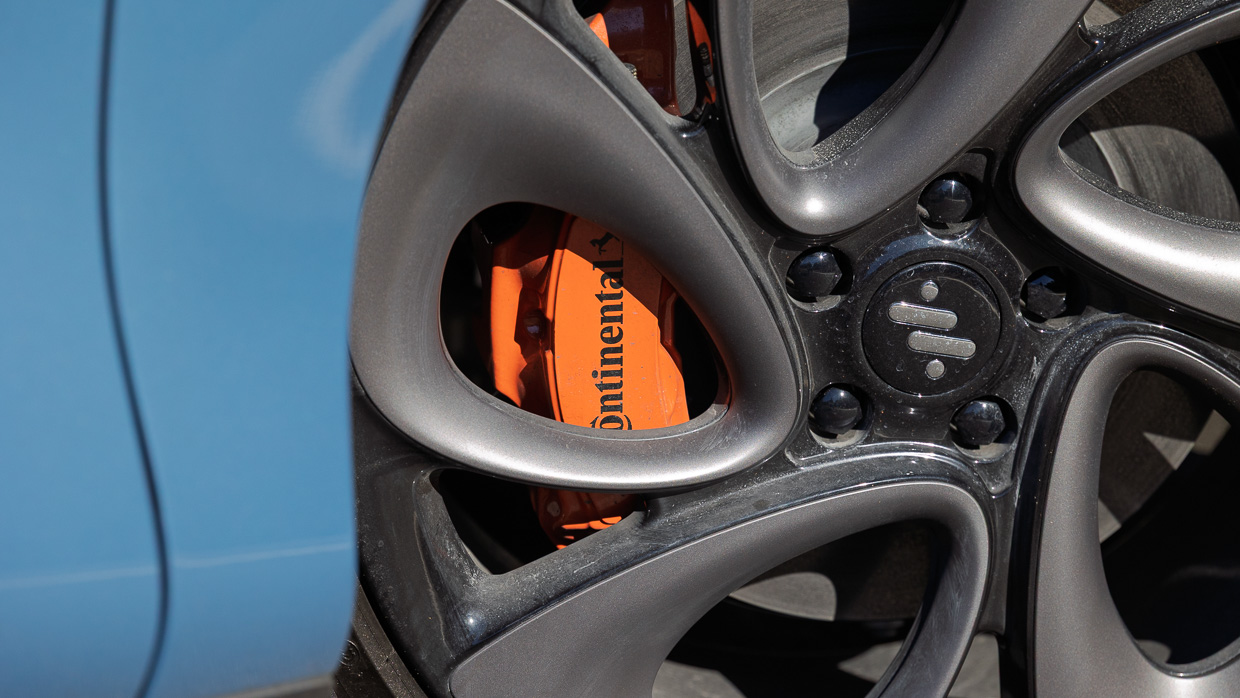
All modes have Continental front brakes.
There are Range Rover Velar-inspired pop-out doorhandles that also feature power release – unlatching upon sensing fingers going through the handle. There are also frameless doors with double-glazed glass.
The IM6’s styling looks awkward from most angles, despite a rear end that borrows heavily from the Aston Martin DBX. It’s no match for the handsome looks of the rival BYD Sealion 7, while the twin IM5 sedan has significantly better proportions.
With the exception of the outlier MG Cyberster electric roadster, the IM6’s cabin presents with a higher level of perceived quality than anything else in the MG portfolio. This is helped by the extensive use of artificial leather on the dash, doors and seating.
Our test car’s off-white, square-padded upholstery looks like it should be called Asylum spec, though the optional trim is officially named Dover Beige. It costs $990 despite being a free choice in the UK. The standard interior colour is Highland Grey.
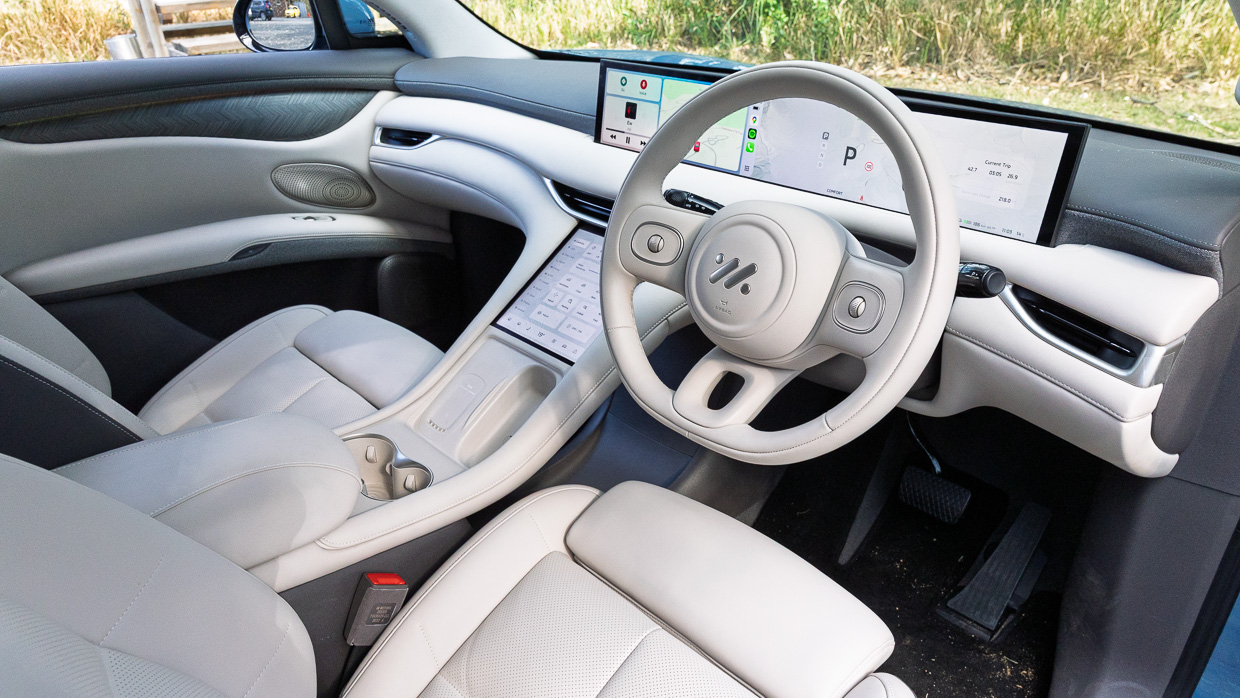
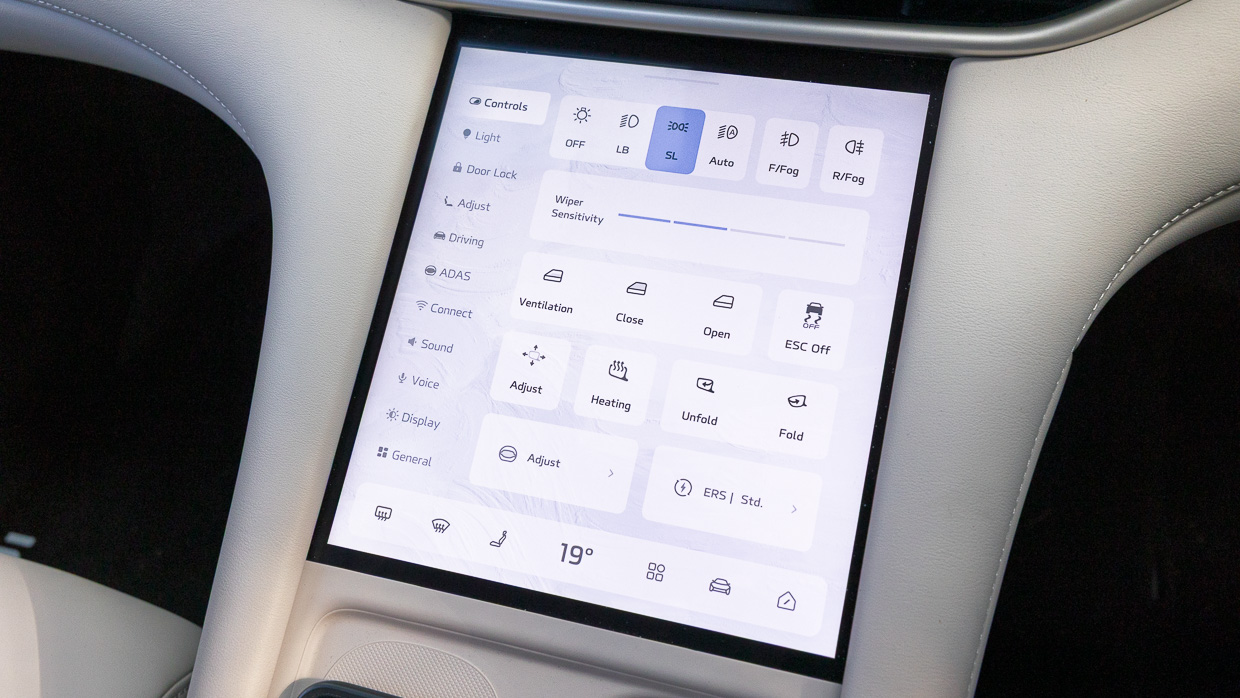
A 26.3-inch panoramic digital display unit stretches out across the top of the dash and comprises an infotainment touchscreen and driver information cluster. A lower, central touchscreen, that measures 10.5 inches, sits on the raked centre console, a design format that will look familiar to any Porsche Taycan owner.
This digital display houses a multitude of functions including vehicle controls, driving modes, climate control, and driver assistance systems. It means there’s a dearth of physical switchgear, which is essentially limited to steering wheel stalks and paddles, and window switches.
The premium-interior ambition is not fully realised, however. The only genuine leather is found on the steering wheel, and cheaper plastics are conspicuous at a lower cabin level, including the large storage area under the centre console.
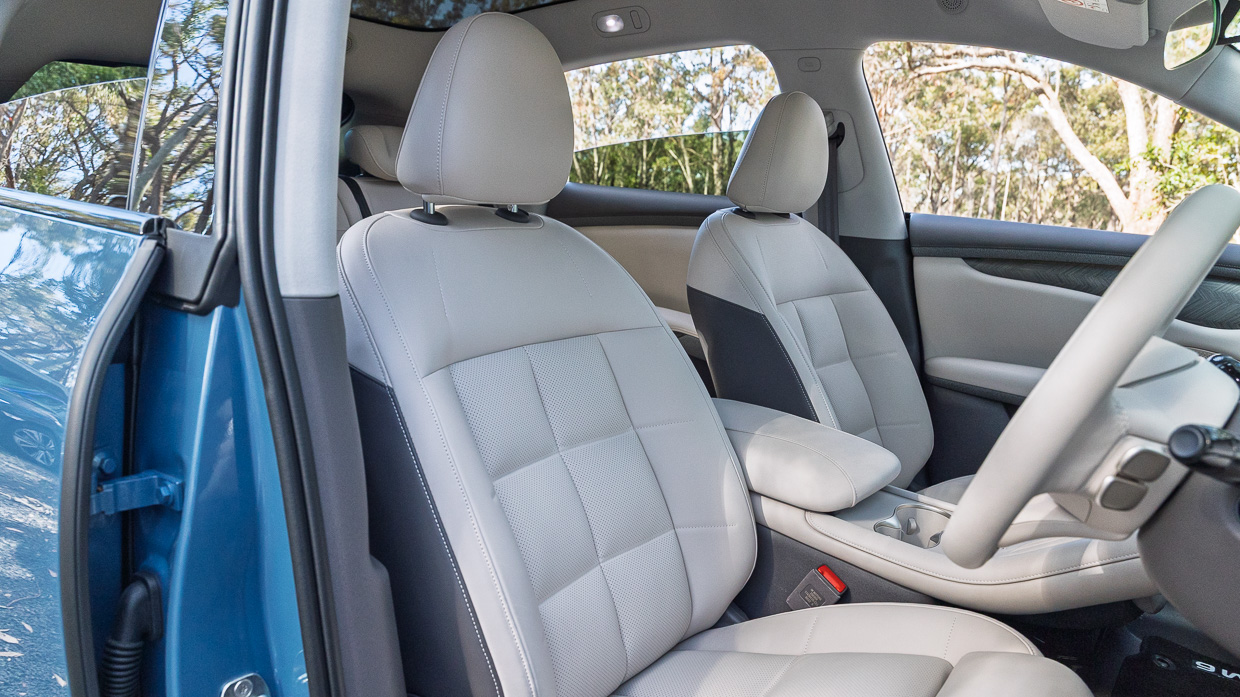
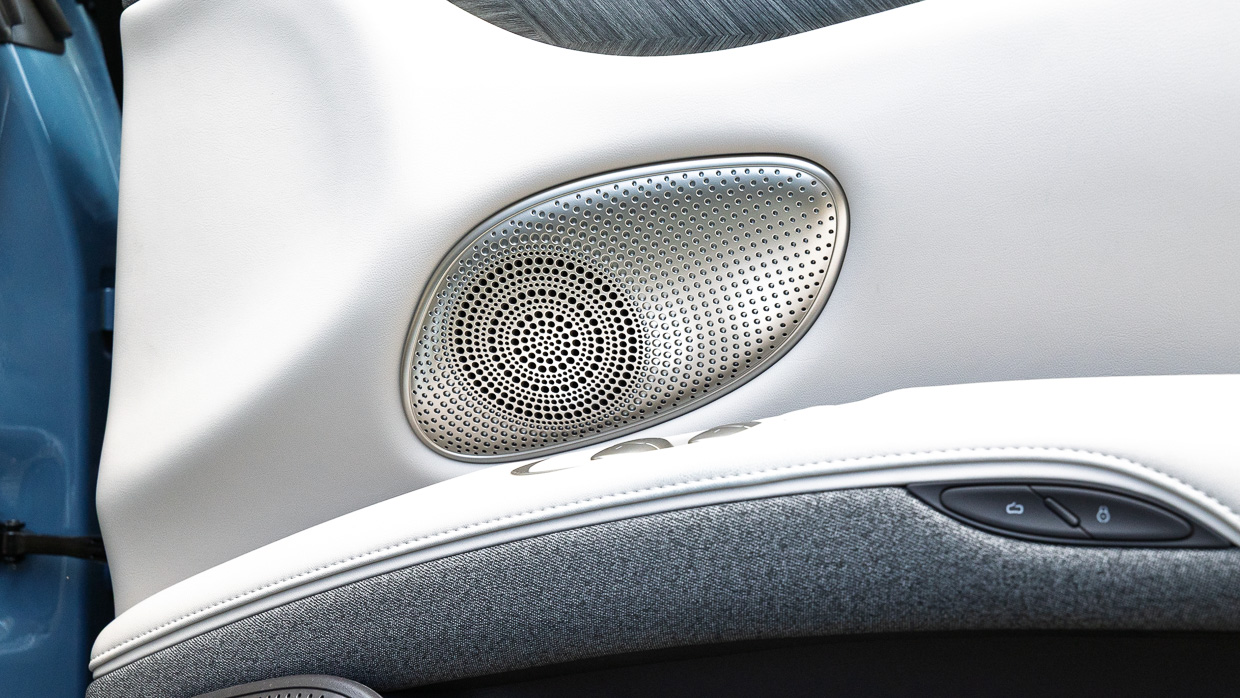
While the metallic upper door speaker looks classy, the lower door speaker is a moulded square of hard plastic. More extensive electric seat adjustment would be ideal, too.
The IM6 SUV puts its extra height to good use when it comes to the rear seat, where adults find a significantly more comfortable set-up than in the IM5 sedan. The higher rear bench provides a more natural sitting position (if not perfect under-thigh support) as well as greater foot space under the front seats, complementing the good knee space and generous headroom.
Rear seatbacks come with multiple recline positions, and the middle seatback folds down almost in its entirety to provide a large armrest (larger and different to the rear armrest in the IM5) with cupholders and smartphone slot.
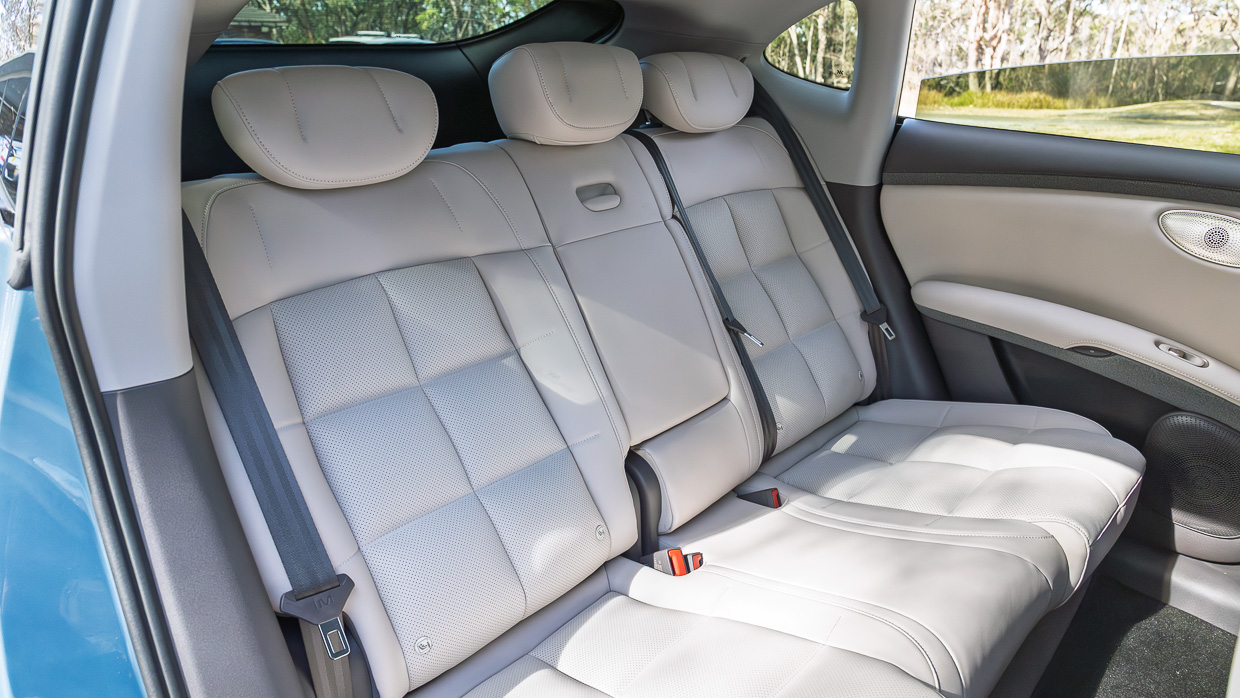
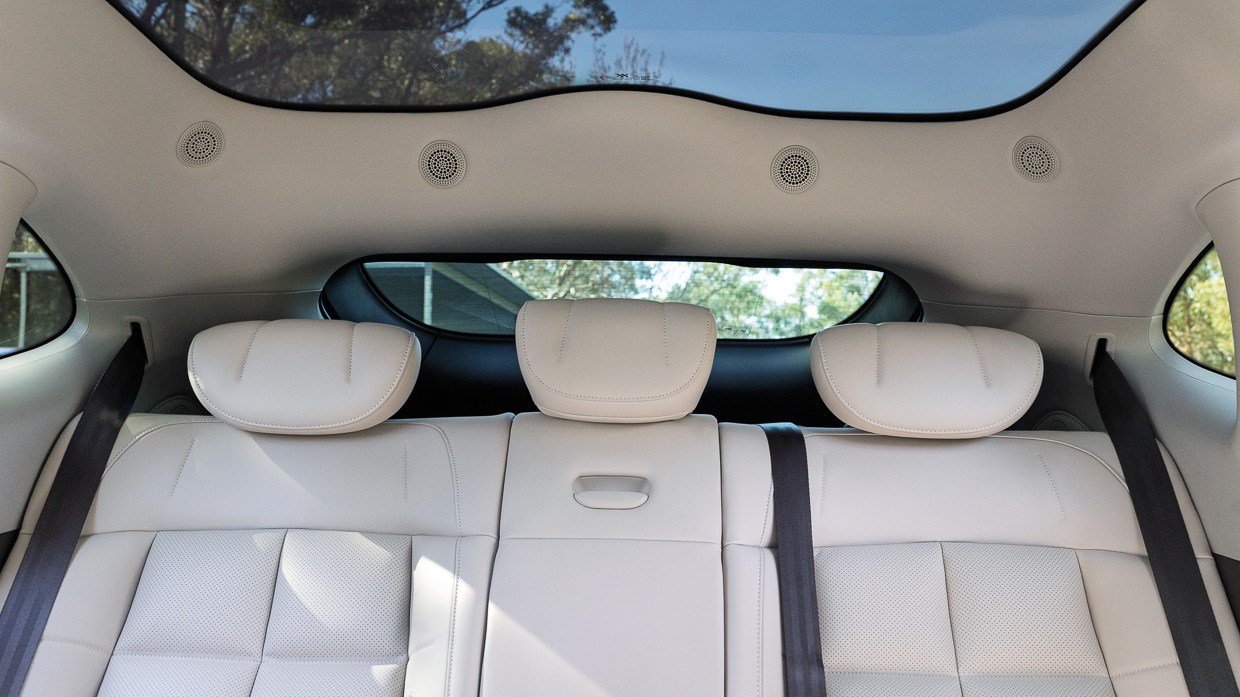
Plentiful cabin light comes courtesy of the full-length glass roof that’s tinted, rated for high UV protection, and has heat reduction so you don’t burn yourself on the glass on a scorching hot day. (We’d need to drive the IM6 in summer rather than winter to test it out, though an accessory sunroof blind is available if preferred.)
A single USB-C port could start fights in the back seat, though IM Mag ‘docks’ on each seatback can cater for MagSafe iPad holders – however, MG/IM’s own magnetic accessories are currently limited to one option.
Although the IM5 sedan has a liftback design, the IM6 SUV has significantly more cargo capacity – 646 litres (in the case of the Performance version) compared with 457 litres.
Other IM6 variants without air suspension have a slightly bigger boot – 665L.
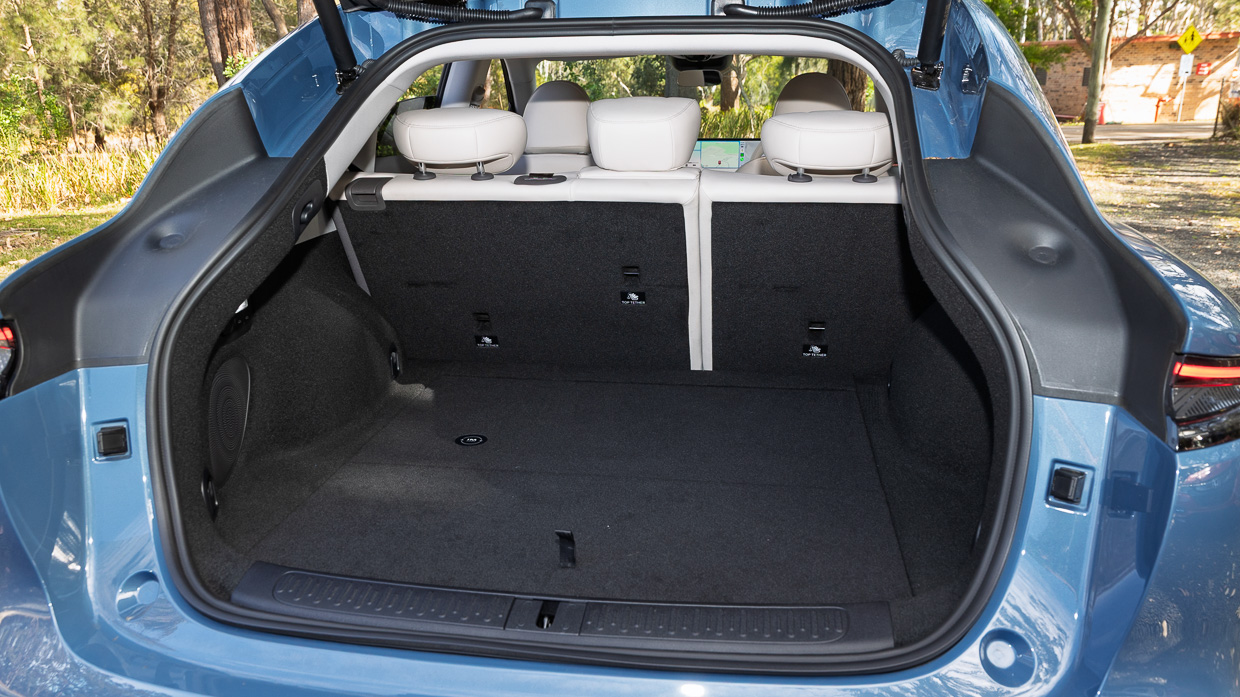
Either way, the figures fall well short of the Model Y’s quoted 864L, though Tesla does seem to measure boot space differently to most brands.
The IM6 misses out on the Model Y’s power-folding/retracting rear seatbacks, though the air suspension allows the loading height to be electrically raised/lowered by boot buttons. There aren’t manual release levers, either, and the 60-40 seatbacks don’t fold fully flat.
An underfloor storage area is an upside but the fitment of a tyre repair kit rather than proper spare wheel is a downside.
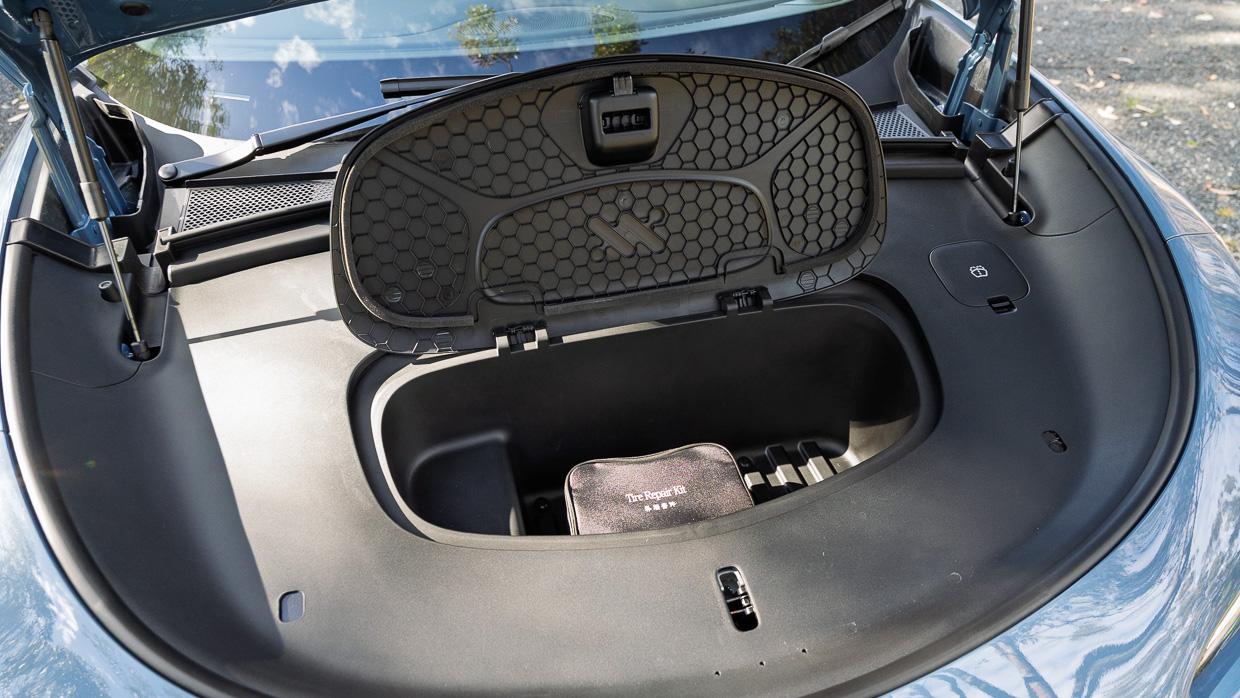
Meanwhile up front, there’s a small frunk under the bonnet, if noticeably smaller than the Model Y’s front storage compartment.
We may have joked about the asylum-cell seats, but they won’t drive you mad for lack of comfort thanks to their plump padding. There’s also a manual cushion extender on each of the front seats – a feature you strangely don’t get on the IM5.
What is likely to send you crazy is the constant stream of audible ‘bings’ and ‘bongs’ from the IM6’s driver aids, which also leave you guessing what the car is trying to warn you about as no words or symbols appear on the central display. The lane-keep system can also be intrusive, tugging at the steering wheel even when you’re centred in a lane.
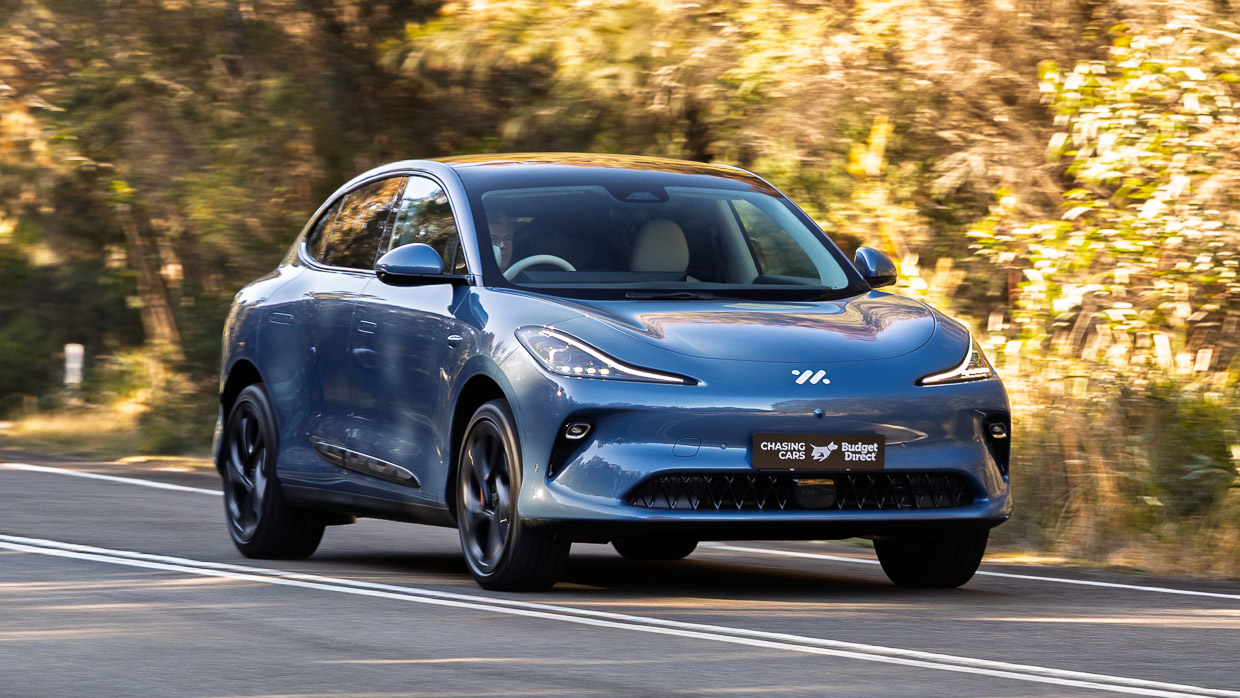
They can be switched off by finding the right menu on the central touchscreen, or pressing the right-side thumb scroller on the steering wheel as a shortcut to an ADAS page. However, all systems revert to On status whenever the car is started.
The driver display mirrors Tesla’s Autopilot imaging with graphic replications of other motor vehicles as well as pedestrians. A key difference is that the MG positions it far more helpfully, directly ahead of the driver.
But there are still too many functions buried in the central lower touchscreen, yet the driver monitor camera will ping you with a distraction warning if it thinks you’re not paying adequate attention to the road. (At least Tesla’s functions-intensive central touchscreen is closer to eye level.)
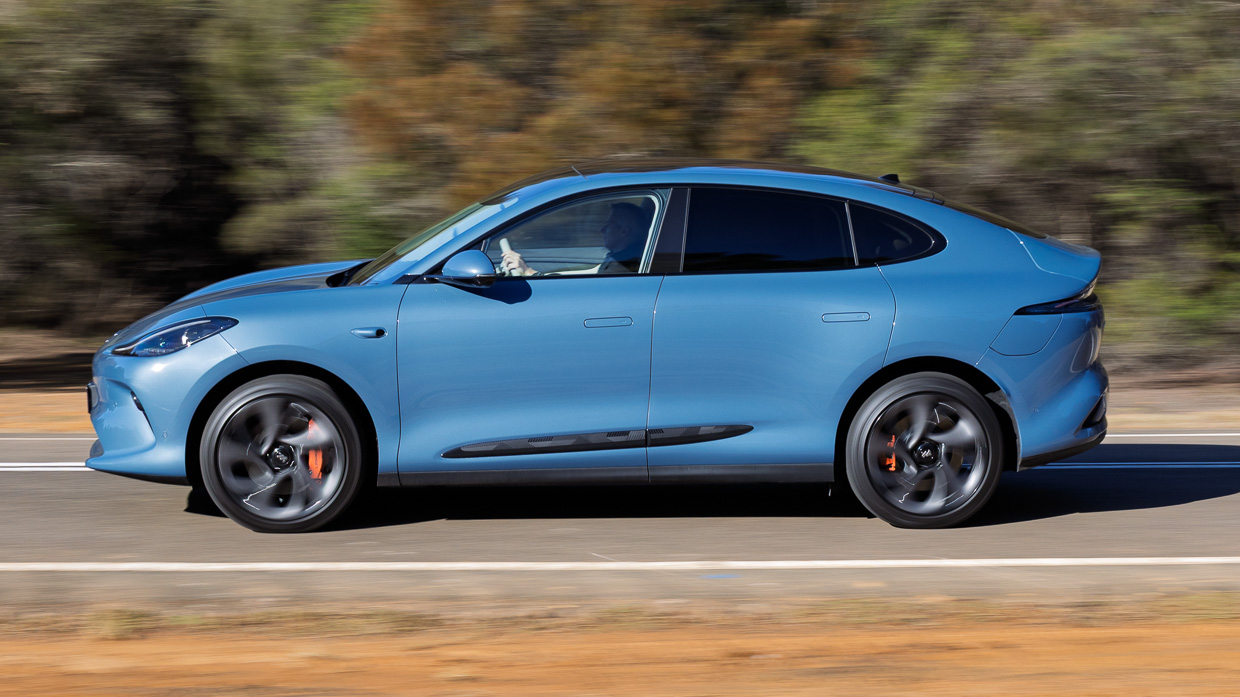
Rear vision is terrible (and it’s little better in the IM5), but at least this has been recognised by the car maker with a rear-camera video feed available with a flick up of that aforementioned thumb scroller. The driver is even given the unusual option of being able to fold the rear-view mirror away.
And as with many Hyundai and Kia models, flicking the indicator stalks activates respective side camera video feeds to the panoramic digital display. These are also engaged in Rainy Night Mode to help vision in trickier weather, a feature that also initiates windscreen and rear screen defogging and heating.
For nervous parkers, various One Touch parking modes are available to enlist the car’s help.
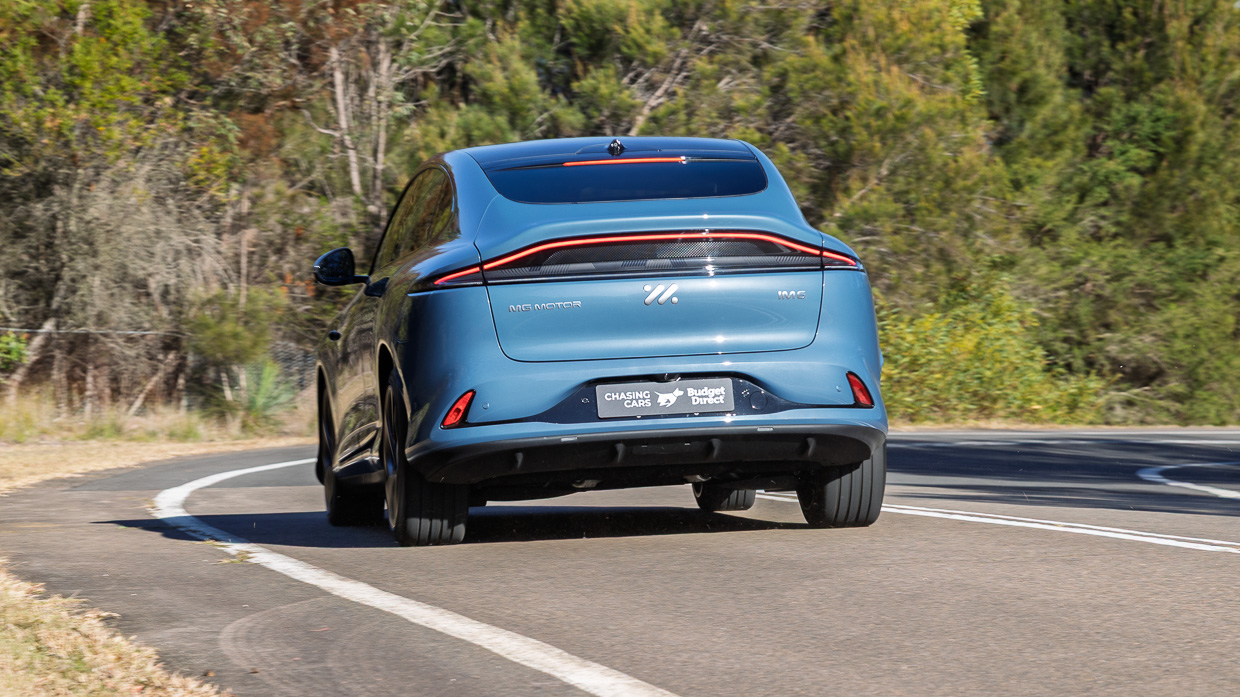
There’s even a Crab mode, which allows the driver to steer the IM6 in a diagonal direction at very low speed – using the standard rear axle steering. Turning the rear wheels up to a maximum of six degrees, Rear Wheel Steering makes this near-five-metre-long SUV ridiculously easy to manoeuvre around cities and suburbs.
If only the IM6 Performance’s air suspension coped better with typical urban and suburban road surfaces. Depending on surface and speed, the ride is either knobbly or lumpy, while potholes and bigger hits send uncouth judders through the cabin.
We’ll have to wait to see if IM6 models on regular steel springs – and missing the Performance’s fancier damping system – provide more comfort. Or handling that is more inspiring.
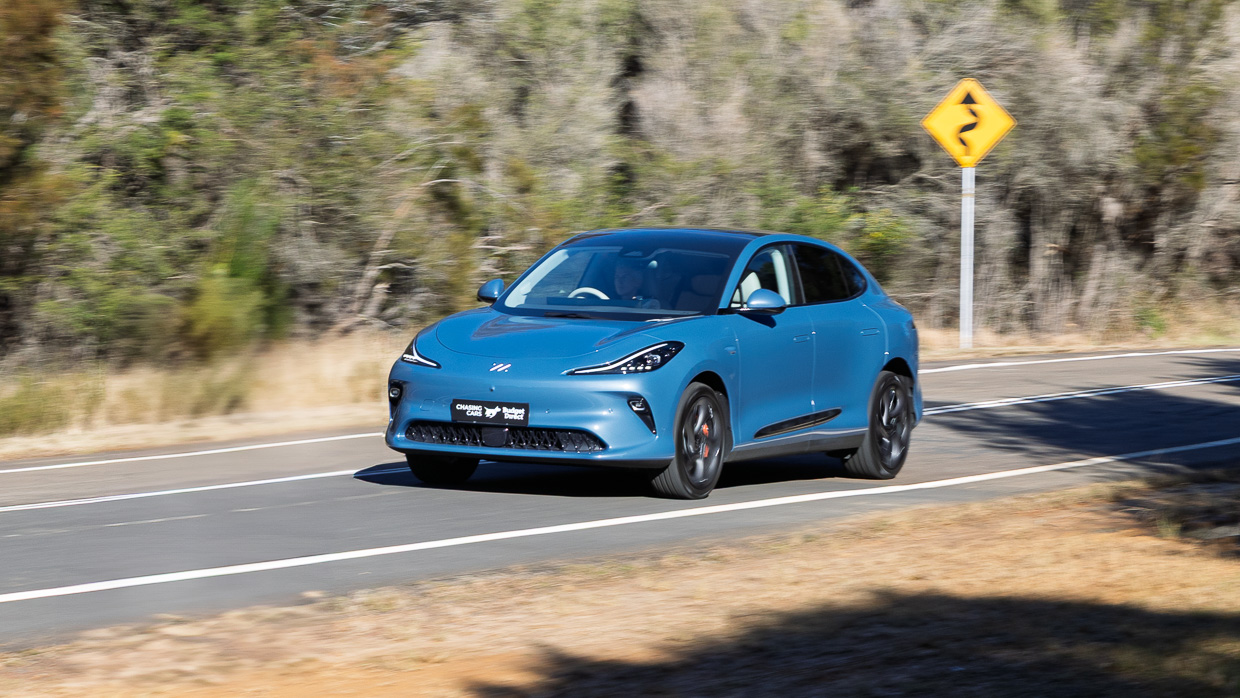
MG’s electric large SUV doesn’t lack for cornering grip thanks to its Pirelli P Zero rubber, but – even with the ride height lowered in Sport mode – it leans aplenty in corners and the chassis doesn’t convince in directional changes.
There’s lazier turn-in compared with the IM5 sedan that offers the keen driver noticeably more, with its generally sharper responses and more planted feel – yet also a better ride.
The IM6’s regen braking is surprisingly mild, so it’s an SUV driven primarily with two pedals where the rival Model Y can be driven predominantly with a single pedal. The transition to the Continental braking system is seamless, however, making it easy to bring the IM6 to a stop smoothly.
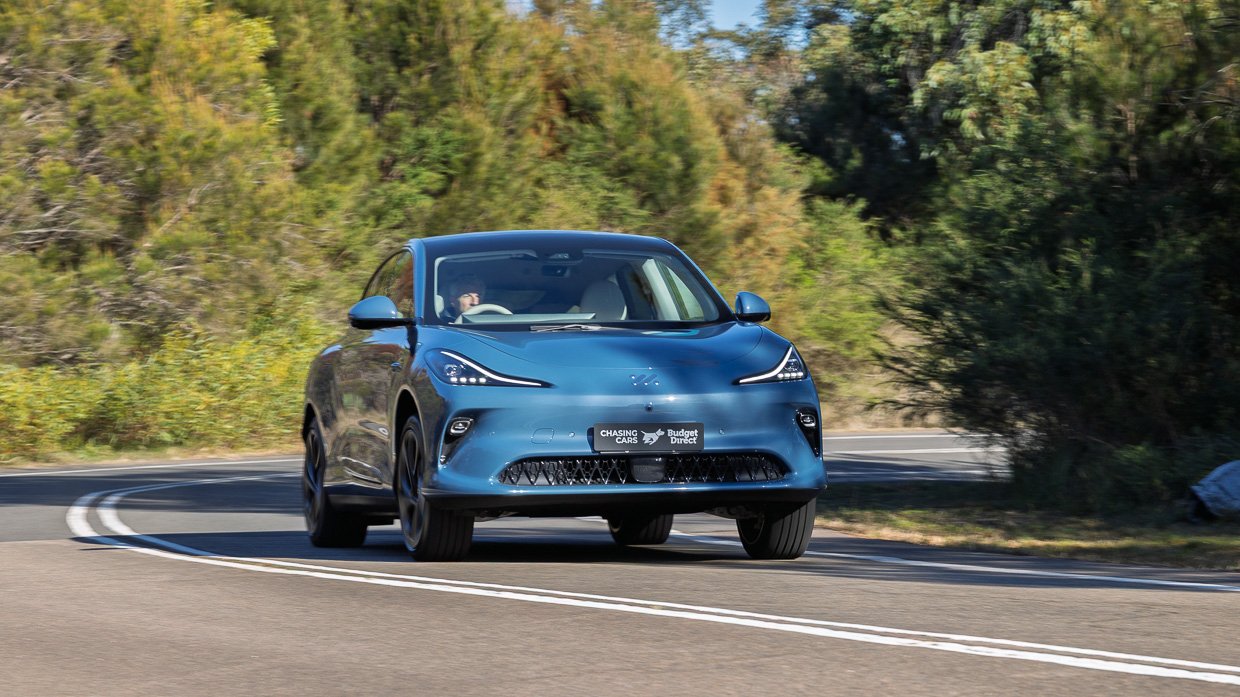
Just leave the Brake Force settings in Normal – the Sport mode here makes the brake pedal too sharp.
The IM6’s cabin is relatively peaceful on country roads or freeways, benefitting from two key factors: double-glazed glass for the side windows and panoramic roof, and road-noise-cancelling tech applied through the cabin’s 20 speakers. The most noticeable noise is the whirring from the electric motors.
There’s no doubt the IM6 Performance lives up to its name. With a front electric motor producing 200kW/302Nm and an even more powerful rear motor producing 373kW/500Nm, this all-wheel-drive SUV accelerates from 0-100km/h in 3.4 seconds. That’s the claimed time, though we also matched this in testing (3.41sec to be exact).
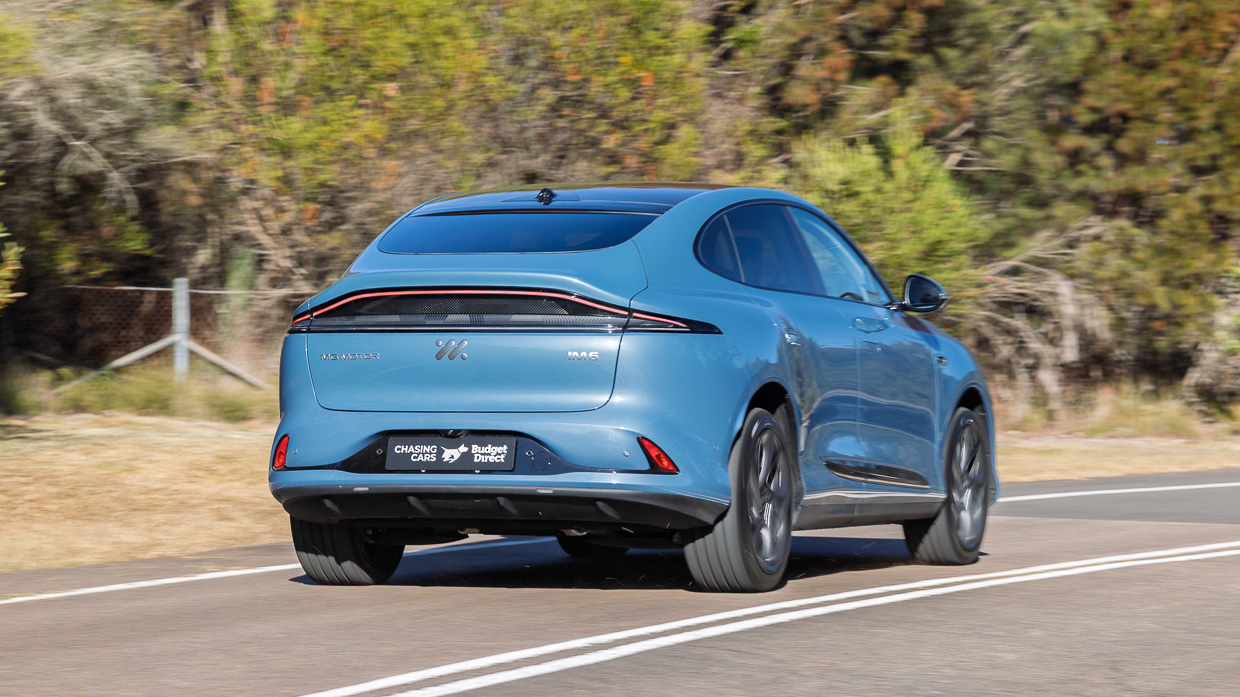
This acceleration is at its most manic in Sport mode, with Normal mode providing a nicely progressive power delivery for everyday driving. The rear-drive Platinum is still quick at 5.4sec claimed, with the Premium quoted at 6.8 seconds.
Tesla has yet to release the Performance version of its updated Model Y, but is expected to be as quick, if not a little quicker, than the IM6 Performance. The Model Y Long Range AWD has a quoted 0-100km/h time of 4.8 seconds, while BYD’s fastest competitor, the Sealion 7 Performance, comes with a 4.5sec claim.
The 800V IM6 models are the pick if you want a WLTP-cycle range of more than 500km. You’ll go furthest with the mid-range Platinum’s 555km, with the Performance listed at 505km. Meanwhile, the smaller-battery, 400V IM6 Premium has a 450km WLTP range.
Tesla’s Model Y beats comparable grades, with the RWD quoted at 466km and the Long Range AWD well ahead with 600km. The American electric SUV’s efficiency has also regularly proven to have excellent battery efficiency, which doesn’t appear to be the case with the IM6 – at least in the case of the Performance flagship.
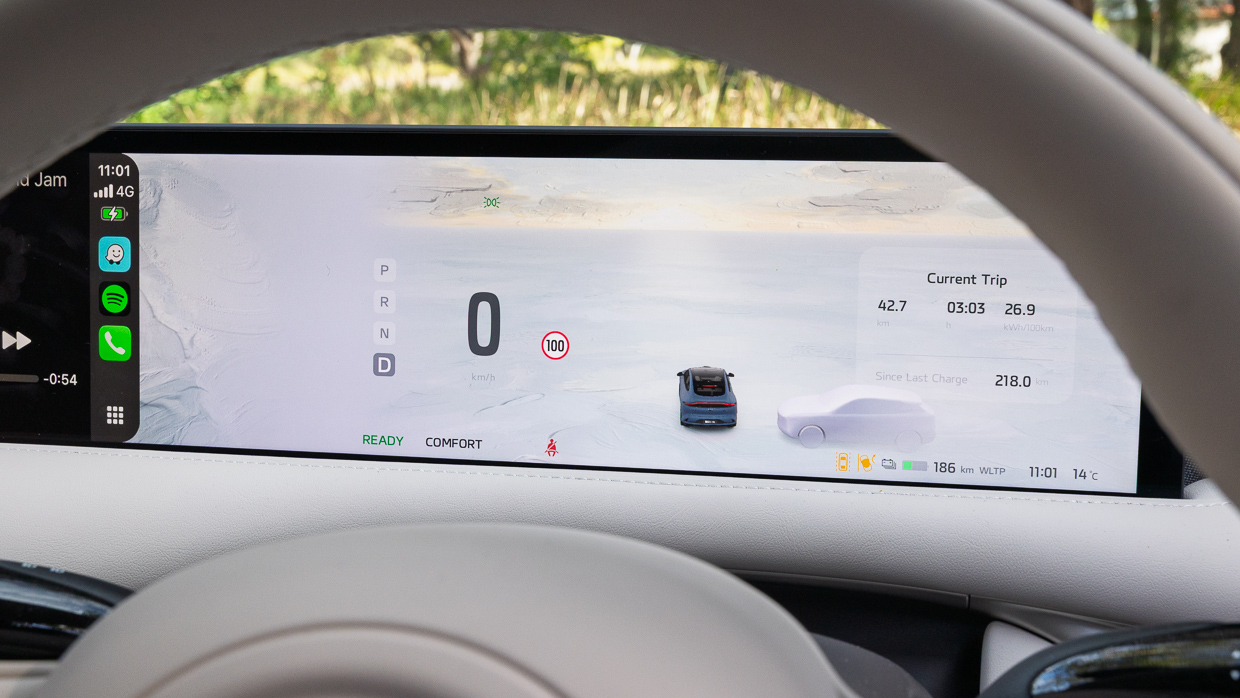
We achieved an average of 22kWh/100km over four days, with most shorter trips showing surprisingly higher results – as high as 25.9kWh/100km. Based on the average efficiency, the IM6 Performance would deliver a real-world range of just over 450km.
For another relevant comparison that falls in the IM6’s favour – at least on paper – compatriot electric SUV the BYD Sealion 7 has WLTP ranges of 482km and 456km for its rear-drive Premium and all-wheel-drive Performance models, respectively.
There are no Euro NCAP or ANCAP crash ratings yet for the IM6 (or its IM5 twin), no doubt owing to the newness of these vehicles outside of their domestic market.
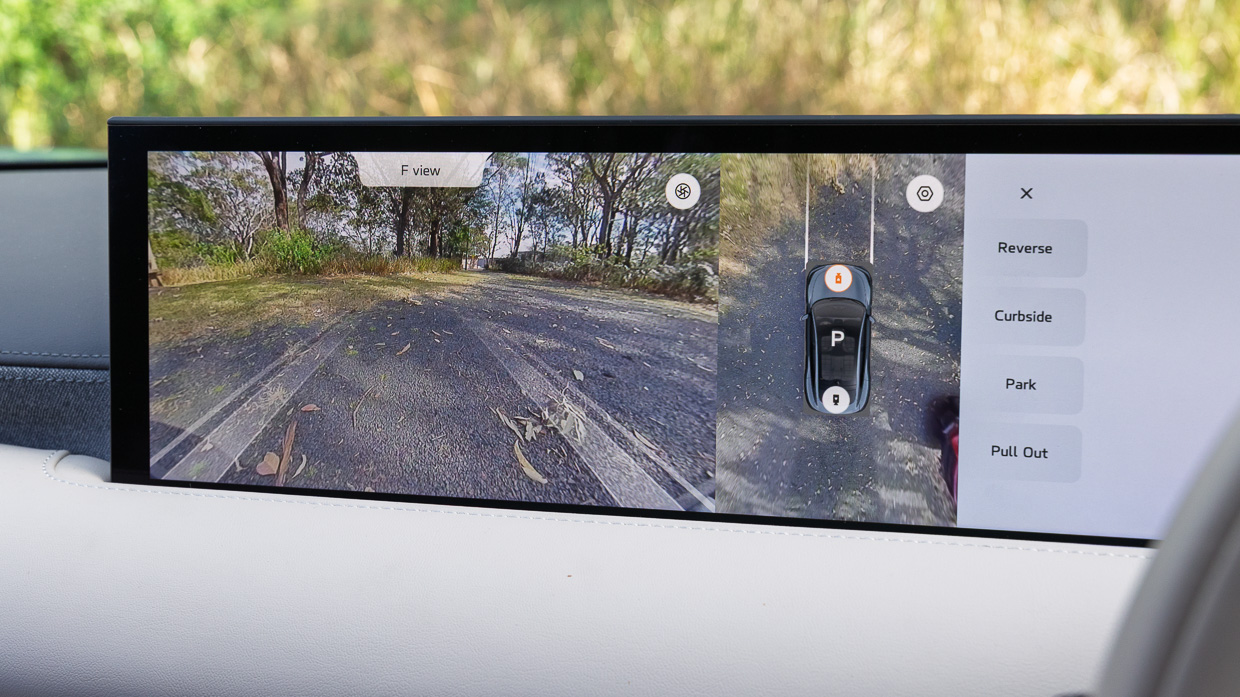
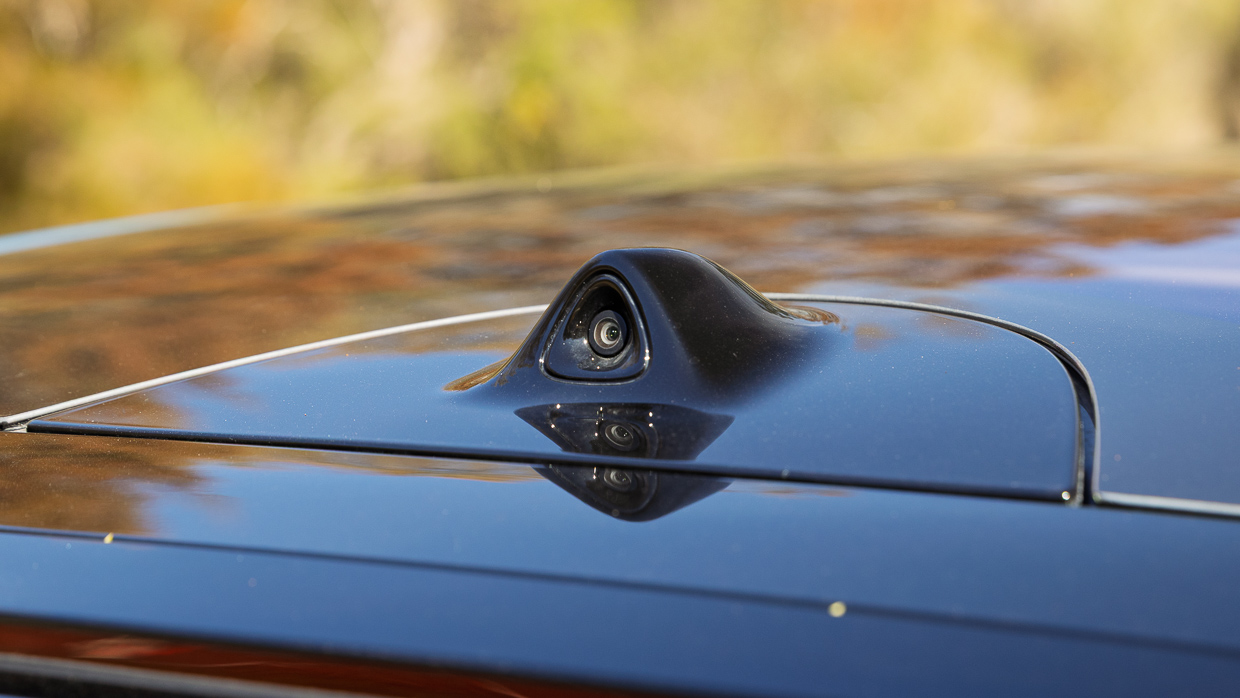
There is pretty much every conceivable active driver aid you can name on the standard-equipment list for every grade, and all IM6 models feature nine high-definition exterior cameras and a dozen ultrasonic sensors.
The IM6 Performance requires servicing every 12 months or 20,000 kilometres, whichever comes first. First, third and fifth visits are $323 with the second visit $501 – but, yikes, servicing interval four is an eye-watering $1459. Total five-year/100,000km outlay is $2929.
For a (five-year) comparison with Kia and BYD rivals, service-visit costs are capped at $1535 for the Kia EV5 and at $1648 for the BYD Sealion 7. A Toyota bZ4X AWD costs just $900 across the same period. (Tesla takes a more ad-hoc approach to service scheduling.)
The excessive 40-month/80,000km interval is largely down to required coolant changes and filter replacement for dual-motor electric drive units and battery hardware. The single-motor Premium drops this fourth interval down to $1294.
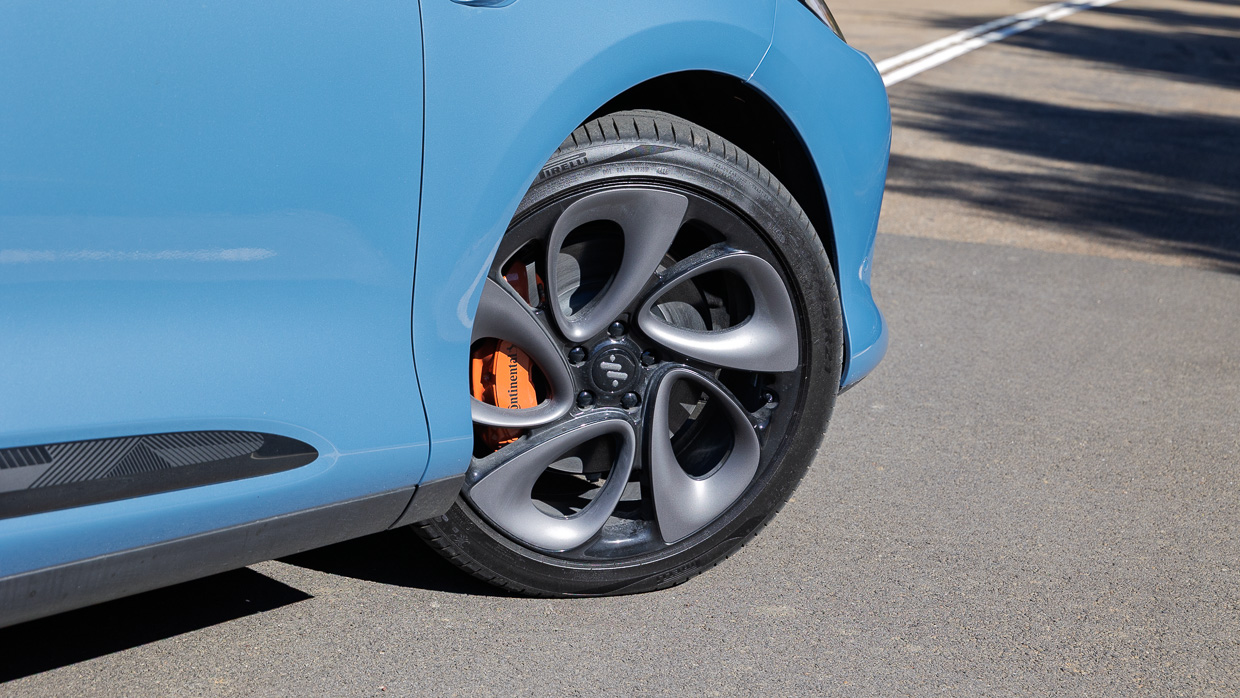
Basic warranty is five years of unlimited-kilometre warranty, extendable to seven years if serviced through the MG IM network. Meanwhile, the high-voltage battery warranty is eight years, if capped at 160,000 kilometres.
We’ve only been given this flagship IM6 Performance to sample so far (along with the better-driving IM5 sedan), and on paper the mid-range Platinum looks like it could be the sweet spot of the line-up.
It offers a longer WLTP range and is $11,000 cheaper despite matching the Performance for the majority of equipment. And, as you’ve read, the Performance’s exclusive key features – the air suspension and continuously controlled damping – don’t translate into benefits on the road.
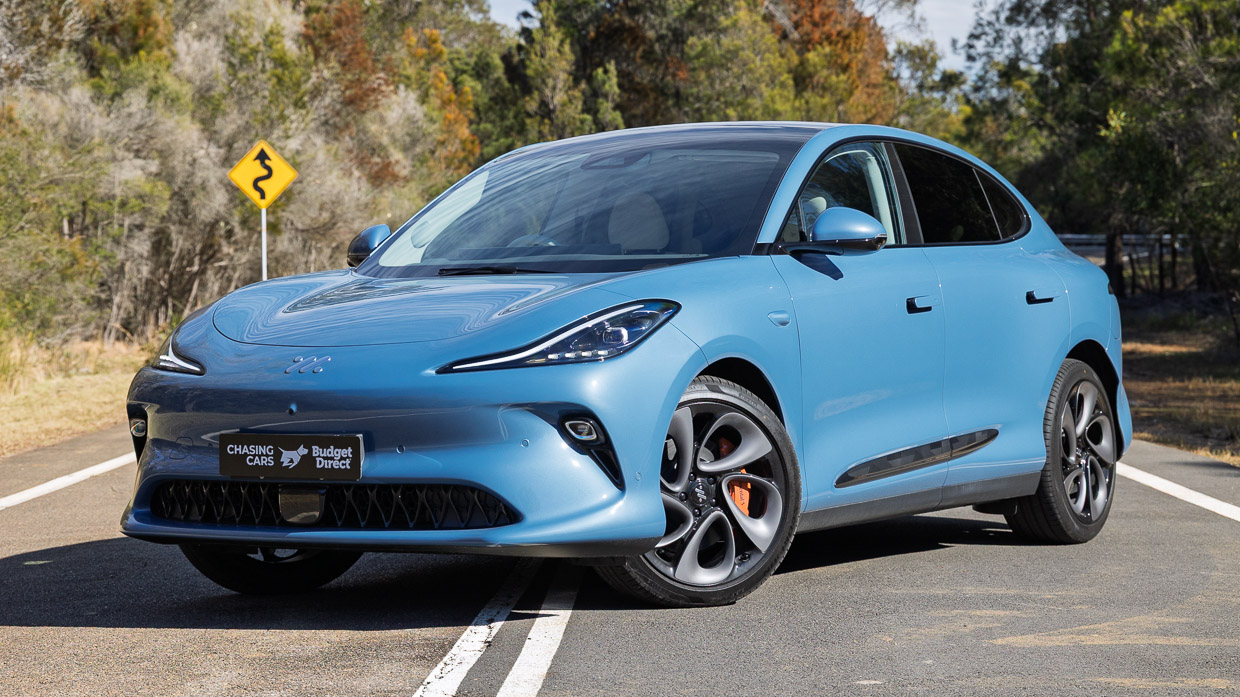
Maybe a drive of a lower-spec version will change our initial view that this new IM – or MG – SUV isn’t a Model Y beater, though these are not going to change the infuriatingly intrusive driver assistance systems, terrible rear vision, or buried vehicle functions. And, irrespective of model grade, servicing costs are high for the class, and IM models have an inferior warranty compared with regular MG vehicles.
If you’re not wedded to the high-riding body style or not too bothered about rear-seat comfort, the IM5 sedan is a much better drive.
Key specs (as tested)
About Chasing cars
Chasing Cars reviews are 100% independent.
Because we are powered by Budget Direct Insurance, we don’t receive advertising or sales revenue from car manufacturers.
We’re truly independent – giving you Australia’s best car reviews.
The estimate provided does not take into account your personal circumstances but is intended to give a general indication of the cost of insurance, in order to obtain a complete quote, please visit www.budgetdirect.com.au. Estimate includes 15%^ online discount.
^Conditions Apply
Budget Direct Insurance arranged by Auto & General Services Pty Ltd ACN 003 617 909(AGS) AFSL 241 411, for and on behalf of the insurer, Auto & General Insurance Company Limited(ABN 42 111 586 353, AFSL 285 571).Because we don’t know your financial needs, we can’t advise you if this insurance will suit you. You should consider your needs and the Product Disclosure Statement before making a decision to buy insurance. Terms and conditions apply.
Indicative quote based on assumptions including postcode , 40 year old male with no offences, licence suspensions or claims in the last 5 years, a NCD Rating 1 and no younger drivers listed. White car, driven up to 10,000kms a year, unfinanced, with no modifications, factory options and/or non-standard accessories, private use only and garaged at night.
^Online Discounts Terms & Conditions
1. Discounts apply to the premium paid for a new Budget Direct Gold Comprehensive Car Insurance, Third Party Property Only or Third Party Property, Fire & Theft Insurance policy initiated online on or after 29 March 2017. Discounts do not apply to optional Roadside Assistance.
2. Discounts do not apply to any renewal offer of insurance.
3. Discounts only apply to the insurance portion of the premium. Discounts are applied before government charges, taxes, levies and fees, including instalment processing fees (as applicable). The full extent of discounts may therefore be impacted.
4. We reserve the right to change the offer without notice.